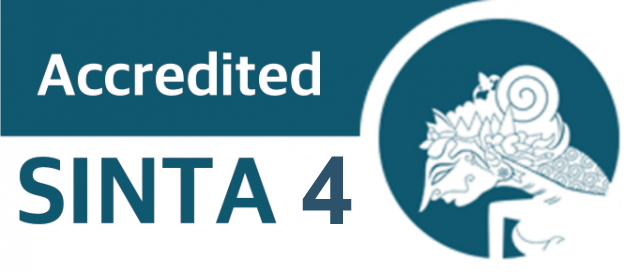Utilization of Sang Mamong Leaf Extract (Lantana camara) as an Anti-Head (Pediculus humanus capitis) Lice Shampoo
DOI:
10.29303/jpm.v20i1.8366Published:
2025-01-30Issue:
Vol. 20 No. 1 (2025)Keywords:
Extract; Head Lice; Sang Mamong Leaves; ShampooArticles
Downloads
How to Cite
Downloads
Metrics
Abstract
Head lice (Pediculus humanus capitis) are a scalp health problem that can attack all ages, especially children aged 3–11 years. Women have a higher risk of infection than men. In Seteluk District, West Sumbawa Regency, a survey of 40 children aged 6–13 years (20 girls and 20 boys) showed that 100% of girls (20 people) had head lice, while only 20% of boys (4 people) who are infected. The high risk in girls is influenced by wearing the hijab from an early age, hot weather, and sweat, which causes hair to become wet, thereby supporting the development of head lice. Head lice cause severe itching that triggers excessive scratching, potentially causing wounds, irritation, scalp infections, and increasing the risk of fever in children. This research aims to prove the effectiveness of sang mamong (Lantana camara L) leaf extract as an anti-head lice (Pediculus humanus capitis) shampoo through quantitative experimental methods. Making sang mamong extract using 60 grams of dry and fine sang mamong, using 450 mL of 96% alcohol for 2 days, then heated at 70 oC to produce sang mamong extract. Data analysis techniques are based on the results of pH measurement tests, foam height tests, and activity tests. The researcher's hair lice activity test results used 1 mL of anti-lice material, dropped evenly on filter paper, and placed in a petri dish. For anti-lice shampoo without using sang mamong leaf extract, the 3 fleas tested showed no change in active flea activity for up to 1 hour, whereas for shampoo containing sang mamong extract it showed different activity for each extract and the most effective flea activity test results were Anti-lice shampoo containing 4% sang mamong can kill 2 head lice, 1 within 4 minutes and 1 within 11 minutes, and this shows that anti-lice shampoo containing Sang mamong extract (Lantana camara L) is still better than the shampoo sold on the market, based on activity tests, market shampoo is only able to make 2 lice immobile in just 30 minutes, then 3 lice move again for up to 60 minutes without showing any change. The pH measurement test shows an average value of 6, and the foam height test produces an average value of 8.5. Based on these findings, sang mamong (Lantana camara L) leaves can produce an effective anti-head lice shampoo. Tests for pH levels, foam height, and flea activity on shampoo made from sang mamong (Lantana camara L) leaves meet the criteria for good quality shampoo. Shampoo trials have been conducted on 3 children and 2 teenagers, showing safe results without irritation. scalp and effectively makes hair lice fall out during use.
References
E. Maryanti dan S. D. Lesmana, “Hubungan Faktor Risiko dengan Infestasi Pediculus humanus capitis,” Jurnal Kesehatan Melayu, pp. 73-80, 2018. doi: https://doi.org/10.26891/jkm.v1i2.2018.73-80
A. Endris, Ensiklopedi Macam-Macam Penyakit Flek Hitam hingga Kutu Rambut, Jogja: Hikam Pustaka, 2021, p. 28.
D. Wahyuni, Makomulamin dan N. P. sari, Buku Ajar Entomologi dan Pengendalian Vektor, Yogyakarta: Grup Penerbitan CV BUDI UTAMA, 2021, p. 115.
R. Fadli, “Kutu Rambut,” 24 Mei 2022. [Online]. Available: https://www.halodoc.com/kesehatan/kutu-rambut. [Diakses 15 Januari 2024].
C. Anwar, J. Riswanda dan A. Ghiffari, Determinan Pediculosis Capitis, Jawa Tengah: PT Nasya Expanding Manajement, 2022.
E. Amalia, “Pengaruh Perasaan Daun Sirih Merah (Piper ornatum) terhadap Respon Gerak Kutu Rambut (Pediculus humanus capitis),” Universitas Muhammadiyah Surabaya, Surabaya, 2019.
J. Riswanda, Potensi Tanaman Herbal Untuk Mortalitas Kutu Rambut (Pediculosis Humanus Capitis), Pekalongan, Jawa Tengah: PT Nasya Expanding Managament, 2023.
N. A. N. Ningsih, “Efektivitas Ekstrak Biji Jarak Pagar (Jatropha Curcas L.) Sebagai Insektisida Alami Pembasmi Kutu Rambut (Pediculus Humanus Capitis),” Universitas Islam Negeri Raden Intan, Lampung, 2022.
N. M. Warahmah, “Pembuatan Sampo Anti kutu Rambut dari Ekstrak Daun Jeruk Nipis (Citrus Aurantifolia),” Universitas Islam Negeri Alaludin, Makassar, 2020.
S. A. Tee dan E. Badia, “Uji Efektivitas Shampo Antikutu Rambut Ektrak Daun Sirsak (Annonna muricata L.) Secara In Vitro,” Jurnal Warta Farmasi, pp. 1-10, 2019.
M. Sari, A. Chan, N. G. Septiani dan D. K. Mendrofa, “Uji Antiseptik Sabun Cair Eksta Daun Lantana camara L. Terhadap Pertumbuhan Staphylococcus Sp,” Majalah farmasetika, pp. 227-240, 2022. doi: https://doi.org/10.24198/mfarmasetika.v7i3.37876
F. Indrayani dan R. Y. Wirastuty, “Saliara Rival Tuberkulosis,” dalam Jurus Maksimal Laba Cabai, Jawa Barat, PT Trubus Swadaya, 2022, p. 78.
B. T. n. G. Ciremai, “Saliara Si Liar Obat Memar,” Jakarta, 2019.
S. V. T. Lumowa dan S. Purwati, Entomologi, Malang: Media Nusa Creative, 2021.
A. P. Pritacindy, S. Supriyadi dan A. Kurniawan, “Uji Efektifitas Ekstrak Bawang Putih (Allium Sativum)Sebagai Insektisidaterhadap Kutu Rambut (Pediculus Capitis),” Universitas Negeri Malang, Malang, 2017. doi: https://doi.org/10.17977/um044v2i1p1-9
E. R. Imania, “Uji Daya Hambat Ekstrak Etanol 70% Daun Saliara (Lantana Camara Linn) Terhadap Pertumbuhan Bakteri Staphylococcus Aureus,” Sekolah Tinggi Ilmu Kesehatan Bakti Tunas Husada, Tasikmalaya, 2021.
D. B. R. A. Putera, Kimia Di Rumah Tangga, Madiun: CV. Bayfa Cendikia Indonesia, 2021.
W. D. Andini, “Uji Daya Anti Kutu Rambut (Pediculus huamanus capitis) Perasan Buah Jeruk Purut (Citrus hystrix),” Universitas Muhammadiyah Surabaya, Surabaya, 2016.
M. Sari dan B. G. Triski, “Uji Aktivitas Antimikroba Sediaan Sabun Cair Kewanitaan dari Ekstrak Daun Lantana camara L,” Majalah Farmasetika Artikel Penelitian, pp. 36-55, 2023. doi: https://doi.org/10.24198/mfarmasetika.v9i1.49701
R. Hasibuan, S. A. Wirojati, A. Hariri, Purnomo, Favorisen dan Lumbanraja, “Aktivitas insektisida ekstrak Lantana camara terhadap Spodoptera litura (F.) (Lepidoptera: Noctuidae),” AIP Conference Proceedings, 2024. doi: https://doi.org/10.1063/5.0208147
Author Biographies
Yunita Riskayanti, SMA Negeri 1 Seteluk
Mutia Febrianti, SMA Negeri 1 Seteluk, West Sumbawa Regency
License
Copyright (c) 2025 Yunita Riskayanti, Mutia Febrianti

This work is licensed under a Creative Commons Attribution 4.0 International License.
The following terms apply to authors who publish in this journal:
1. Authors retain copyright and grant the journal first publication rights, with the work simultaneously licensed under a Creative Commons Attribution License 4.0 International License (CC-BY License) that allows others to share the work with an acknowledgment of the work's authorship and first publication in this journal.
2. Authors may enter into separate, additional contractual arrangements for the non-exclusive distribution of the journal's published version of the work (e.g., posting it to an institutional repository or publishing it in a book), acknowledging its initial publication in this journal.
3. Before and during the submission process, authors are permitted and encouraged to post their work online (e.g., in institutional repositories or on their website), as this can lead to productive exchanges as well as earlier and greater citation of published work (See The Effect of Open Access).











